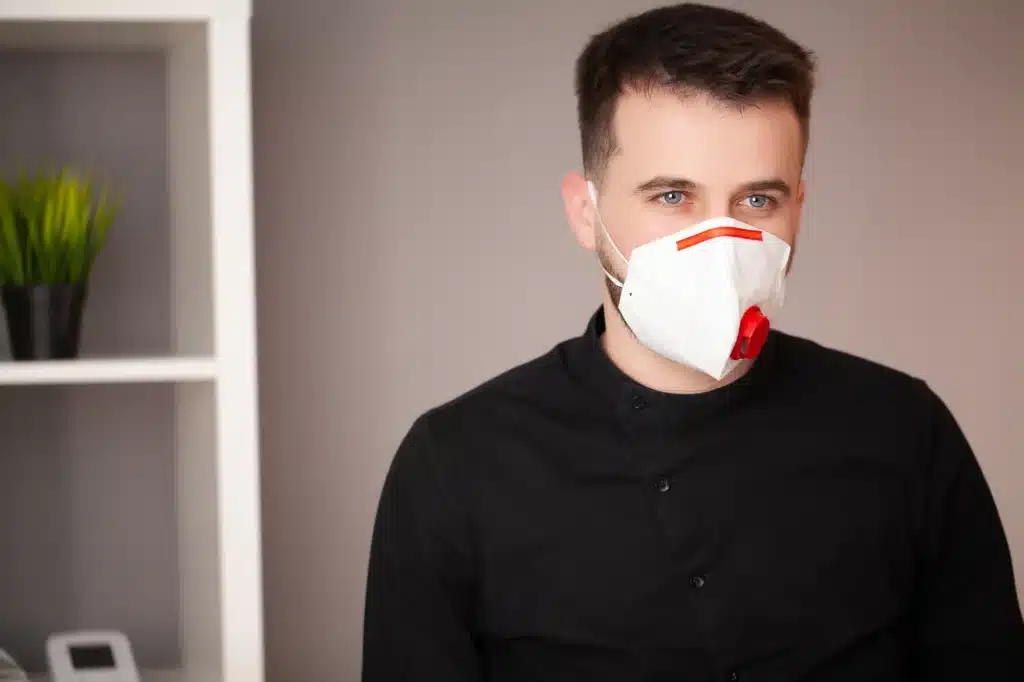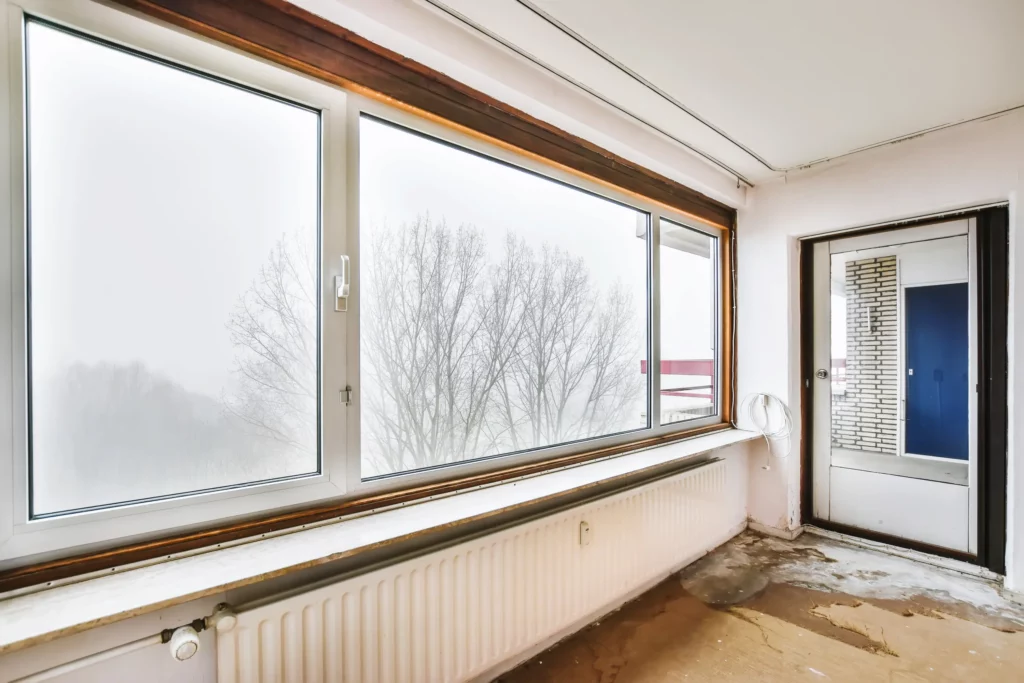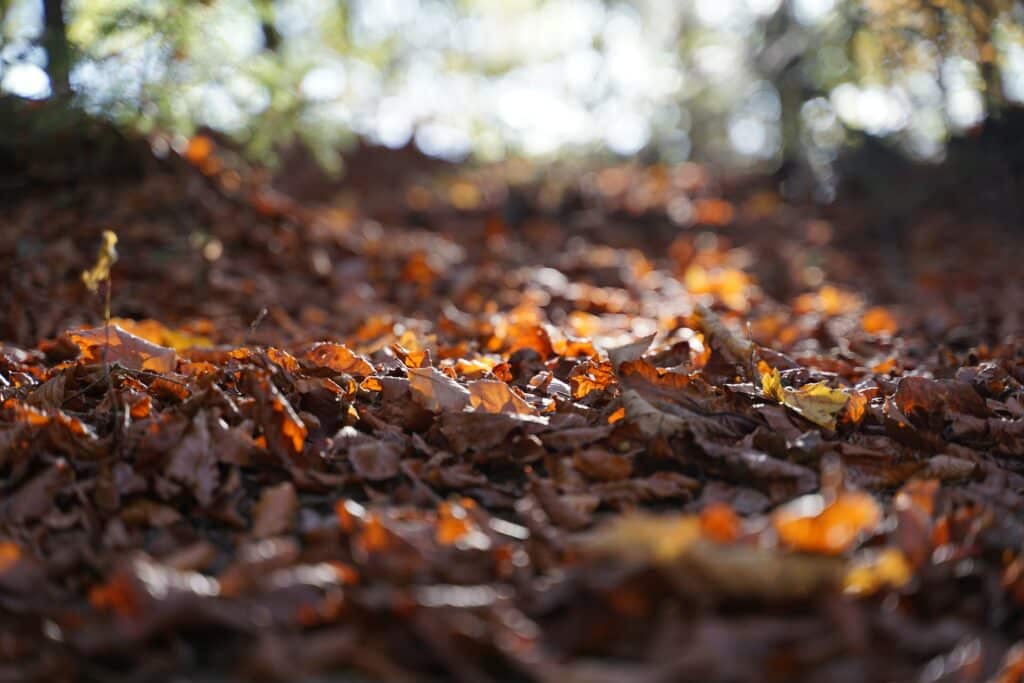
Conseils pratiques pour proteger votre maison contre lhumidite apres la fonte des neiges benjel
Melting snow means lots of water. It’s possible that liquid will leak into your building. You need to take precautions. This will prevent the worst from happening. Countless damage could ensue. So how do you protect your home from damp when the snow starts to melt?
Clearing the snow
The first step is to remove the snow from the roof. Snow exerts pressure on the roof. This can lead to water infiltration. Here’s how to do it:
- If your roof is easily accessible, use a snow rake;
- Otherwise, call in a professional.
Your entire yard can be buried under snow. So clear away all the snow that has accumulated around your house. This will prevent meltwater from accumulating near the foundations. This will minimise the risk of seepage at this level.
Have the air quality in your home analysed
After the snow melts, have the air quality inside your home analysed. High levels of humidity encourage the growth of mould. Mould can damage the health of occupants. It is possible to carry out moisture and mould tests. This will help you identify potential problems.
Thoroughly inspect the ceiling and basement
This is where you look for signs of damp. Here are just a few:
- Water stains ;
- Cracks;
- Musty smells.
Repair roof leaks quickly. Also repair cracks in the walls. That way, you’ll prevent seepage.
Your trusted professional
At Benjel, we offer a range of services. Our experienced team carries out an in-depth analysis of the air quality inside your home. We use state-of-the-art equipment. We can take useful measures:
- Levels of fine particles ;
- Volatile organic compound levels;
- Carbon dioxide levels;
- The presence of other potentially harmful atmospheric contaminants.
In all cases, we carry out a detailed inspection of your home. We assess humidity levels in different areas:
- Basements ;
- Attics;
- High-risk areas such as bathrooms and kitchens.
This assessment enables us to identify sources of moisture. We then develop appropriate management strategies.
Mould can be a serious problem in homes with poorly controlled damp. Our team is trained to identify signs of mould growth. We do this even in hard-to-reach places. We use advanced mould detection techniques to locate affected areas and assess the extent of the damage.
Conclusion: Contact us for a professional assessment
Do you notice excessive damp? Don’t hesitate to contact us. Our experienced team will carry out a full assessment. We’ll then suggest the right solutions. The aim is to protect your home. At Benjel, we are your trusted partner. We’re here to keep your home healthy and dry.






About The Author: Web
More posts by web